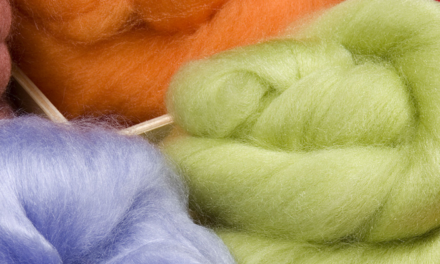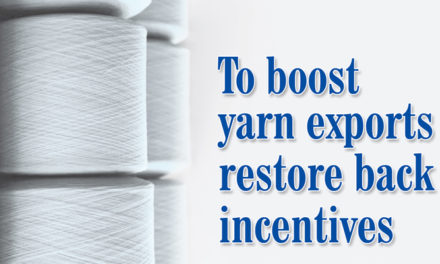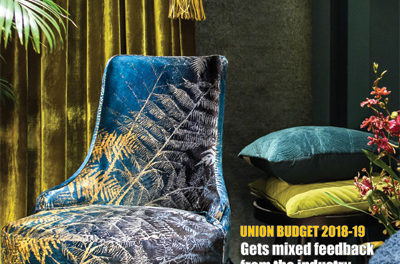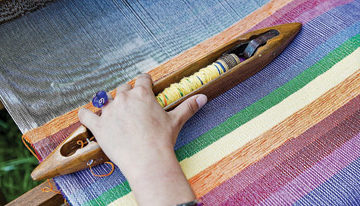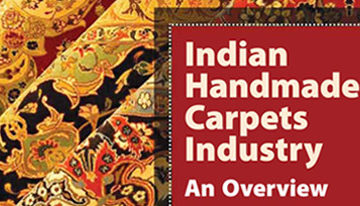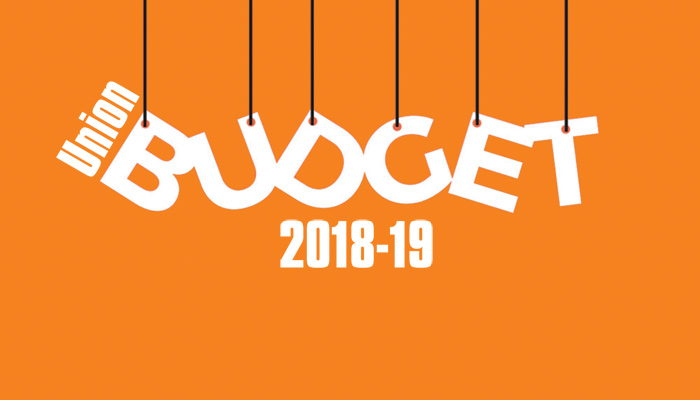
Indian textile and garment exports are likely to miss the $45 bn target for 2017-18, as the industry reels under the impact of GST roll out and tariff advantages enjoyed by competitors like Bangladesh and Vietnam. The handicrafts exports during the year 2017-18 was Rs. 22.916.03 cr registering a decline of 6.05 per cent in comparison to last year.
Last year the industry witnessed a strong growth but now the exports are in a negative territory since October due to a declining trend in the global textile industry. The high base effect has been due to the release of RoSL amount during April 2017 but the continued backlog in GST and RoSL is affecting the sentiments. Industry has been demanding for an early resolution of the issues.
However, industry has welcomed the extension of MEIS scheme on garments & made ups beyond June 2018. The extension in MEIS scheme will be a breather and sanction of request to ensure that all embedded, non-reimbursed Central and State levies be refunded, which will help in restoring the competitiveness of the Indian exports.
Moreover, the country needs to relax labour laws and enhance incentives in order to become the preferred sourcing destination in textiles sector, as per a report submitted to the government. The study, suggested strengthening the eco-system for textile exports, integrating fragmented textile value chain and investing in skill upgradation as measures needed to boost India’s sourcing potential.
According to the study, the poor State of roads and connectivity around weaver hubs have led to reduced number of personal visits by buyers, leading to greater dependence on buying agents. Moreover, the high import cost of latest machines deters many small manufacturers from upgrading to the latest technology, thereby contributing to compromises on quality.
I think with timely intervention of the Govt., things should improve in next two-three months.

